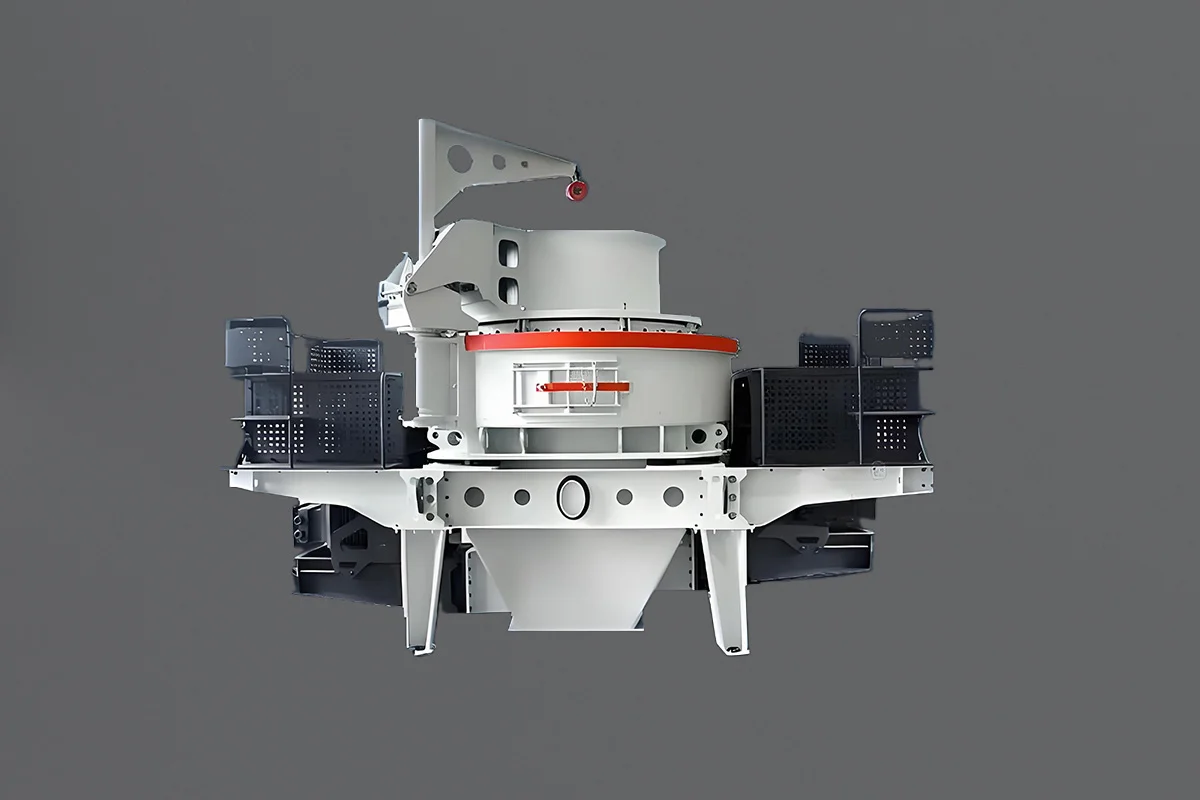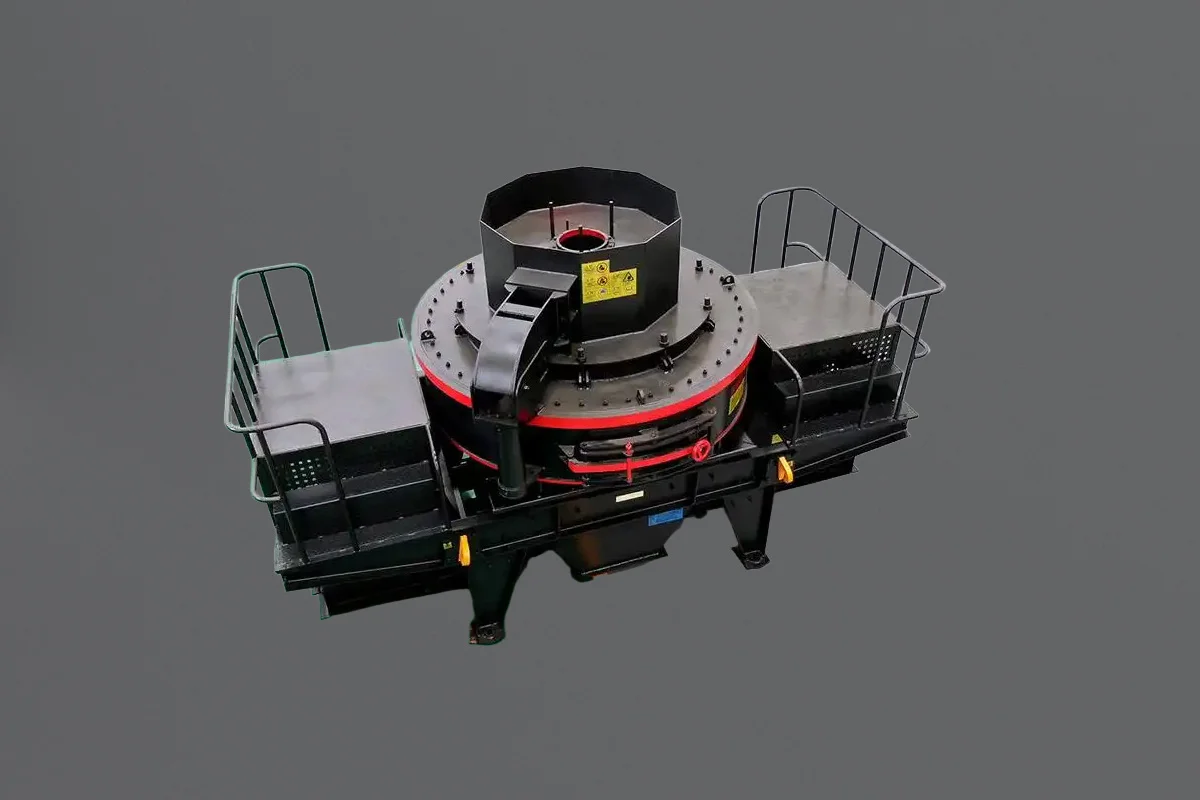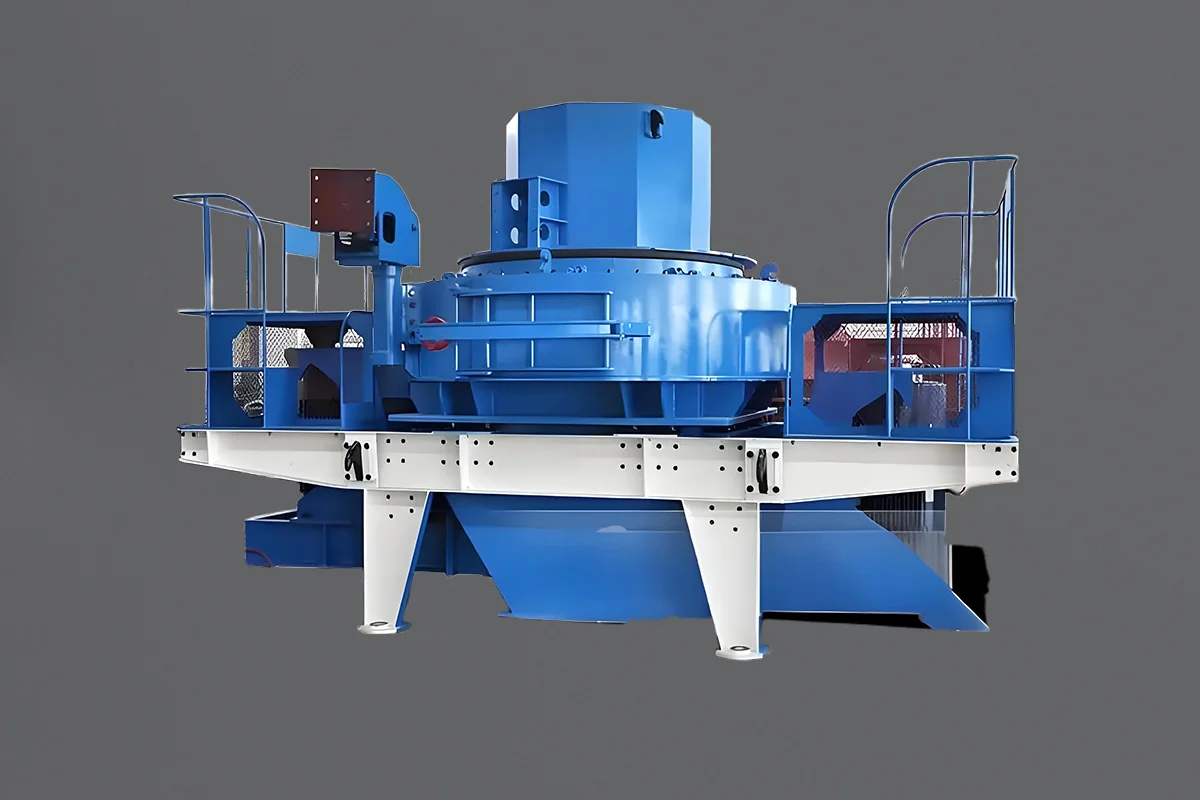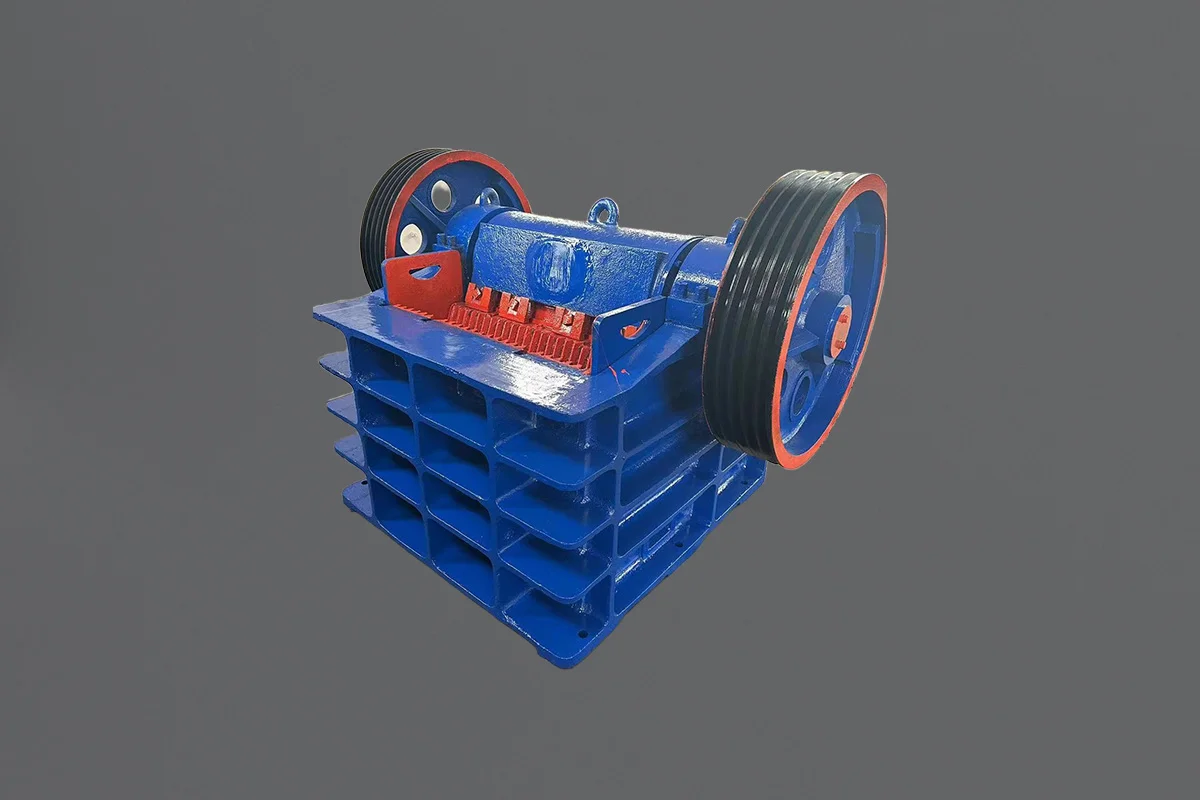Cone crushers are indispensable in secondary, tertiary, and quaternary crushing stages, transforming coarse feed into precisely sized aggregates or finely crushed ore. At the core of their performance are the mantle and concave—critical wear components that define the crushing chamber geometry, influence product gradation, and determine operational efficiency. Selecting the right cone crusher liners for your Sandvik crusher is a strategic decision that impacts productivity, wear life, and total cost of ownership (TCO). With Sandvik’s diverse range of liners, alloys, and chamber designs, making the optimal choice requires a deep understanding of your application, material characteristics, and crusher configuration.
This guide explores the key factors to consider when selecting cone crusher liners for Sandvik CH and CS series crushers, including alloy selection, chamber profiles, feed properties, and maintenance best practices.
1. Understanding Cone Crusher Liners: The Basics
A cone crusher operates by compressing material between a rotating mantle (attached to the main shaft) and a stationary concave (fixed inside the upper frame). The shape of these liners determines the crushing action, product size, and wear distribution. Over time, abrasive wear, high-pressure crushing forces, and tramp metal events degrade liners, necessitating replacements. The goal is to select liners that:
- Maximize crushing efficiency (throughput and reduction ratio).
- Ensure consistent product gradation (e.g., target P80 or specific fractions).
- Optimize wear life to reduce downtime and operating costs.
Sandvik offers a wide array of liners tailored to different crushing stages, feed sizes, and material types. Let’s break down the selection process.
2. Key Factors in Cone Crusher Liner Selection
A. Material Characteristics: Abrasiveness and Feed Size
The abrasiveness and feed size distribution are primary drivers for liner selection. Sandvik categorizes materials based on their Abrasion Index (AI) and Work Index (WI):
| Abrasion Index (AI) | Rock Examples | Liner Wear Severity |
|---|---|---|
| <0.1 | Limestone, Dolomite | Very low wear |
| 0.1–0.4 | Basalt, Diabase | Moderate wear |
| 0.4–0.8 | Granite, Gneiss | High wear |
| >0.8 | Quartzite, Iron Ore | Extreme wear |
Guidelines:
- Low AI materials: Standard M1 or M2 alloy liners are sufficient.
- High AI materials: Premium alloys like M7, M8, or M9 extend wear life by 15–20%.
- Oversized feed: Use coarser chambers (e.g., Extra Coarse) to prevent premature wear.
B. Alloy Selection: Balancing Wear Resistance and Impact Toughness
Sandvik’s cone crusher liners are cast from austenitic manganese steel alloys, with variations in manganese (Mn), carbon (C), and chromium (Cr) to suit specific applications:
| Alloy | Manganese (%) | Carbon (%) | Chromium (%) | Best For |
|---|---|---|---|---|
| M1 | 13–15 | 1.2–1.5 | 0.5–2 | General-purpose, high impact resistance |
| M2 | 17–19 | 1.2–1.5 | 0.5–2 | Moderately abrasive materials |
| M7/M8 | 17–19 | 1.2–1.5 | 0.5–2 | Highly abrasive feeds (e.g., sandstone) |
| M9 | 21–23 | 1.2–1.5 | 0.5–2 | Extreme abrasion, premium wear life |
Key Takeaway:
- M1/M2: Ideal for secondary crushing of hard, non-abrasive rocks (e.g., granite).
- M7/M8: Suited for tertiary crushing of abrasive materials like iron ore.
- M9: Recommended for high-tonnage quarries with severe wear conditions.
C. Crushing Chamber Profiles: Matching Geometry to Application
The crushing chamber profile—defined by the mantle and concave geometry—dictates the crusher’s performance. Sandvik offers chambers ranging from Extra Coarse (EC) to Extra Extra Fine (EEF) to accommodate different feed sizes and product requirements:
- Extra Coarse (EC):
- Design: Large intake opening, shallow crushing zone.
- Best For: Primary/secondary crushing of large feed (e.g., 400 mm top size).
- Models: CH870i, CH890i.
- Coarse (C):
- Design: Balanced intake and reduction ratio.
- Best For: Secondary crushing in aggregate production.
- Medium Coarse (MC):
- Design: Intermediate reduction for versatile applications.
- Best For: Tertiary crushing of mid-sized feed (e.g., 150 mm).
- Fine (F):
- Design: Steep chamber angle for high reduction ratios.
- Best For: Producing cubical aggregates or railway ballast.
- Extra Fine (EF):
- Design: Aggressive nip angle for maximum fines production.
- Best For: Quaternary crushing in mineral processing.
Selection Tips:
- Coarse feed: Use EC or C chambers to prevent chamber overload.
- Fine product goals: Opt for F or EF chambers with high reduction ratios.
- Balanced applications: MC chambers offer flexibility for varying feed sizes.
D. Mantle Types: A, B, S, and Premium Profiles
The mantle’s profile determines where wear occurs in the chamber and how the crusher compensates for liner wear via the Hydroset system. Sandvik offers:
- A-Mantle:
- Wear Zone: Higher in the chamber.
- Best For: Small CSS settings and fine crushing.
- B-Mantle:
- Wear Zone: Lower in the chamber.
- Best For: Large CSS settings and coarse crushing.
- S-Mantle:
- Wear Zone: Intermediate between A and B.
- Best For: Balanced applications with variable feed.
- Premium Mantles:
- Flexifeed (FF): Varying feed opening to handle non-calibrated feed.
- Oversize Breaker (OB): Prevents bridging in fine chambers.
- Optiagg: Patented wedge design for measurable output improvements.
Pro Tip: Pair mantles with compatible concaves. For example, an EC concave works best with a B-mantle for coarse crushing.
E. Eccentric Throw and CSS Settings
The eccentric throw (stroke) and closed-side setting (CSS) directly influence chamber performance:
- Larger throw: Increases capacity but produces coarser product.
- Smaller CSS: Enhances reduction ratio but accelerates liner wear.
Example:
- A CH660 crusher with a 32 mm eccentric throw and 25 mm CSS achieves 350 mtph in granite crushing.
- Reducing CSS to 19 mm increases fines production but shortens liner life by 30%.
Guideline: Use Sandvik’s ASRI™ automation system to dynamically adjust CSS and monitor liner wear via the A-dimension.
3. Model-Specific Recommendations
Sandvik CH440 (H4800):
- Typical Application: Tertiary crushing of granite (AI 0.6).
- Recommended Liners:
- Concave: MC (Medium Coarse) with M8 alloy.
- Mantle: B-type with premium M9 alloy.
- Eccentric Throw: 25 mm for balanced capacity and product shape.
Sandvik CS660 (S6800):
- Typical Application: Secondary crushing of basalt (AI 0.4).
- Recommended Liners:
- Concave: C (Coarse) with M2 alloy.
- Mantle: A-type for tighter CSS control.
Sandvik CH870i:
- Typical Application: High-capacity aggregate production.
- Recommended Liners:
- Concave: EC (Extra Coarse) with M7 alloy.
- Mantle: Flexifeed (FF) for uneven feed distribution.
4. Maintenance Strategies to Extend Liner Life
- Monitor A-Dimension:
- The A-dimension (distance between spider hub and head nut) indicates liner wear. Replace liners before reaching the minimum allowable value (e.g., 15 mm for CH430).
- Choke Feeding:
- Maintain a consistent material level in the chamber to ensure even wear distribution.
- Avoid trickle feeding, which causes localized wear and reduces capacity.
- Regular Inspections:
- Check for cracks, uneven wear (e.g., “ski-slope” mantles), or concave ring gaps.
- Use bottom shell inspection hatches for visual checks.
- Liner Rotation and Replacement:
- Rotate mantles and concaves during their lifecycle to utilize manganese steel fully.
- Replace both mantle and concave simultaneously for optimal chamber geometry.
- Avoid Tramp Metal:
- Install metal detectors or magnets to prevent damage from uncrushable objects.
5. Case Study: Optimizing a Copper Ore Crushing Circuit
Problem: A CH890 crusher processing copper ore (AI 0.7) experienced concave failures every 6 weeks.
Solution:
- Switched from M2 Medium Coarse (MC) liners to M9 High Reduction (HR) concave.
- Adjusted eccentric throw from 38 mm to 32 mm to reduce chamber pressure.
Result: Liner life extended to 14 weeks, with a 22% reduction in cost per ton.
6. Advanced Solutions: Sandvik’s Premium Liners
Sandvik’s innovation extends to specialized liners for unique challenges:
- High Reduction (HR) Concave: Increases chamber pressure for finer output.
- Optiagg Mantle: Uses 3–6 wedges to alter crushing forces and reduce recirculation load.
- Sandlock™ Lifting Tools: Simplify liner changes, saving up to 1 hour per replacement.
Conclusion
Choosing the right cone crusher liners for your Sandvik crusher is a balance of science, experience, and operational insight. By analyzing material abrasiveness, selecting optimal alloys and chamber profiles, and adhering to proactive maintenance practices, operators can maximize productivity, extend liner life, and achieve lower TCO. Always consult Sandvik’s technical experts or leverage tools like the ASRI system and PlantDesigner® software to tailor solutions to your specific needs—because the right liners don’t just crush rock; they drive profitability.
References Sources: Crushing Chamber Application Guide
If you need cheap and good-quality aftermarket Sandvik cone crusher liners, please check Qiming Casting’s cone crusher liners.



